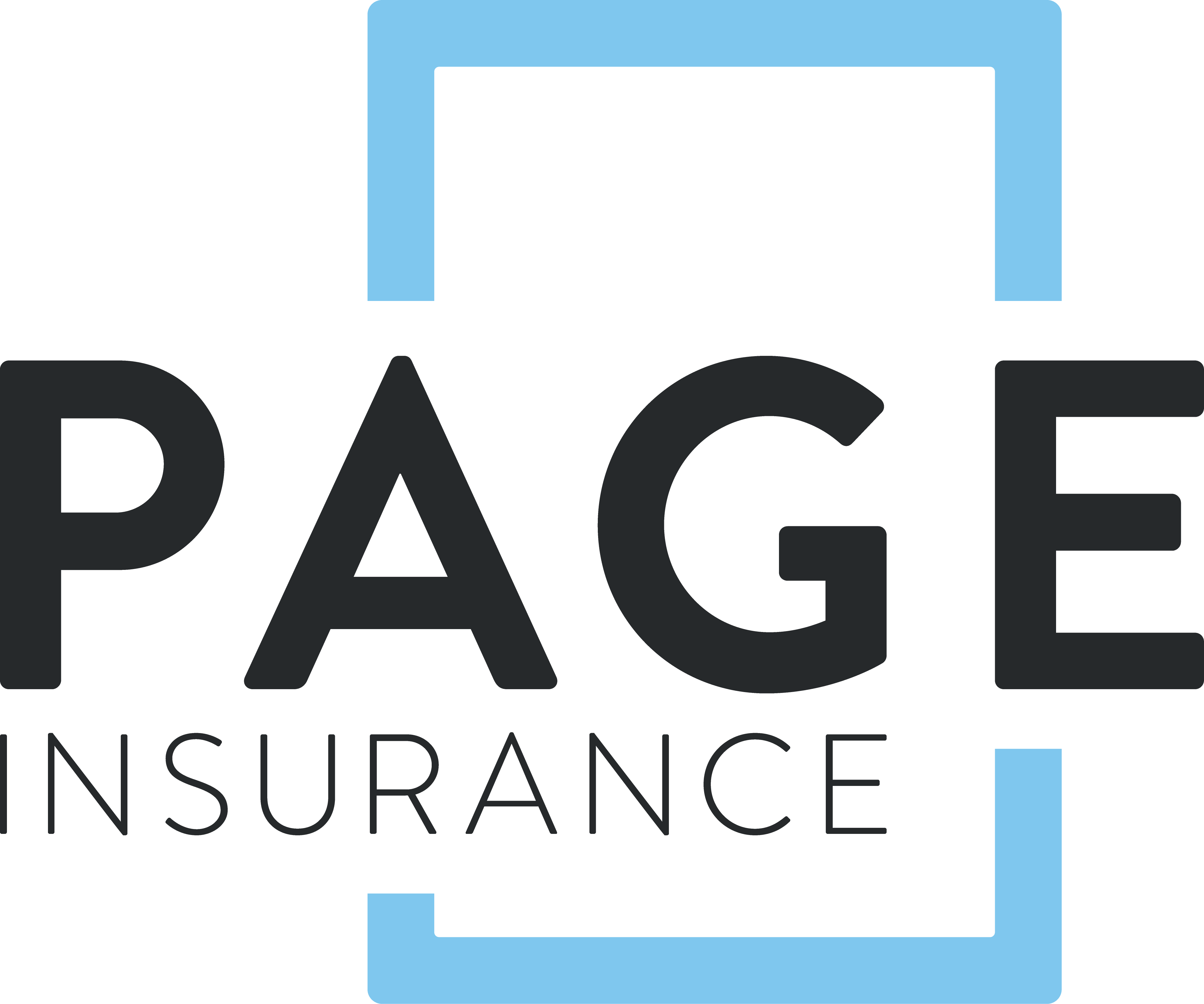As a parent of a teen driver and another just starting the process, I understand firsthand the excitement and stress of this new phase of life. As your teens start Driver’s Ed and prepare to hit the road, it’s essential to consider the insurance implications of having a young driver in your household. In this guide, we’ll walk you through the process of adding your teen to your insurance policy and explore ways to keep your rates as low as possible.
When to Add Your Teen to Your Insurance Policy
- Timing is crucial; add them when they get their driver’s license. Some insurers may require adding them when they give a learner’s permit or provisional license. Check with your agent to ensure proper timing and coverage.
- Check with your insurance agent for specific requirements in your state.
- Consider Graduated Driver Licensing (GDL) laws in Idaho, Utah, and Wyoming.
The Impact on Insurance Rates
- Yes, rates will likely increase when adding a teen driver.
- Teens are considered high-risk drivers due to their inexperience.
- Statistically, they are more likely to be involved in accidents.
Ways to Keep Insurance Rates Lower
- Good student discounts: Encourage your teen to maintain good grades.
- Driver’s education: Enroll them in a certified driver’s education course.
- Defensive driving courses: Additional training can lead to discounts.
- Vehicle choice: Choose an insurance-friendly car (more on this in Section 4).
- Telematics discounts: Some insurers offer discounts for using telematics devices that monitor driving habits.
- Multi-policy discounts: Bundle your auto, home, and other insurance policies.
Insurance-Friendly Cars for Teens
- Look for vehicles with high safety ratings, such as those from IIHS or NHTSA.
- Avoid high-performance or luxury vehicles, which can be more expensive to insure.
- Some insurers allow you to assign a specific vehicle to your teen, which can help keep rates lower.
Setting Up a Separate Policy for Your Teen
- While setting up a separate policy for your teen might seem tempting, this option is typically unavailable if they live in your household.
- Insurance companies with the best rates often require all drivers in the household to be listed on the primary policy.
- Be sure to consult with your insurance agent to determine the best approach for your specific situation.
Graduated Driver Licensing (GDL) Laws in Idaho, Utah, and Wyoming
Idaho:
- Supervised Instruction Permit (SIP): At age 14.5, teens can obtain a SIP, which requires a supervising driver (at least 21 years old) in the front seat. The SIP must be held for at least six months.
- Restricted driver’s license: At age 15, teens can apply for a restricted license after completing the SIP requirements, passing a driving skills test, and completing a driver training program. Restrictions include nighttime driving and passenger limitations.
- Unrestricted driver’s license: At age 16, teens can apply for an unrestricted license if they have held a restricted license for at least six months and have no traffic violations on record.
Utah:
- Learner’s Permit: At age 15, teens can obtain a learner’s permit, which requires a supervising driver (at least 21 years old) in the front seat. The learner’s permit must be held for at least six months.
- Provisional License: At age 16, teens can apply for a provisional license after completing the learner’s permit requirements, passing a driving skills test, and completing a driver education course. Restrictions include nighttime driving and passenger limitations.
- Unrestricted driver’s license: At age 18, teens can apply for an unrestricted license if they have held a provisional license for at least six months and have no traffic violations.
Wyoming:
- Learner’s Permit: At age 15, teens can obtain a learner’s permit, which requires a supervising driver (at least 18 years old) in the front seat. The learner’s permit must be held for at least ten days.
- Intermediate License: At age 16, teens can apply for an intermediate license after completing the learner’s permit requirements, passing a driving skills test, and completing a driver education course. Restrictions include nighttime driving and passenger limitations.
- Full Privilege License: At age 16.5, teens can apply for a full privilege license if they have held an intermediate license for at least six months and have no traffic violations on record.
Understanding the insurance implications and potential ways to save is crucial as your teen starts their driving journey. While it can be stressful for parents, being prepared and informed can help make the process smoother. Contact the Page Insurance team with any questions or concerns – we’re here to help guide you through the complexities of insuring your teen driver.

